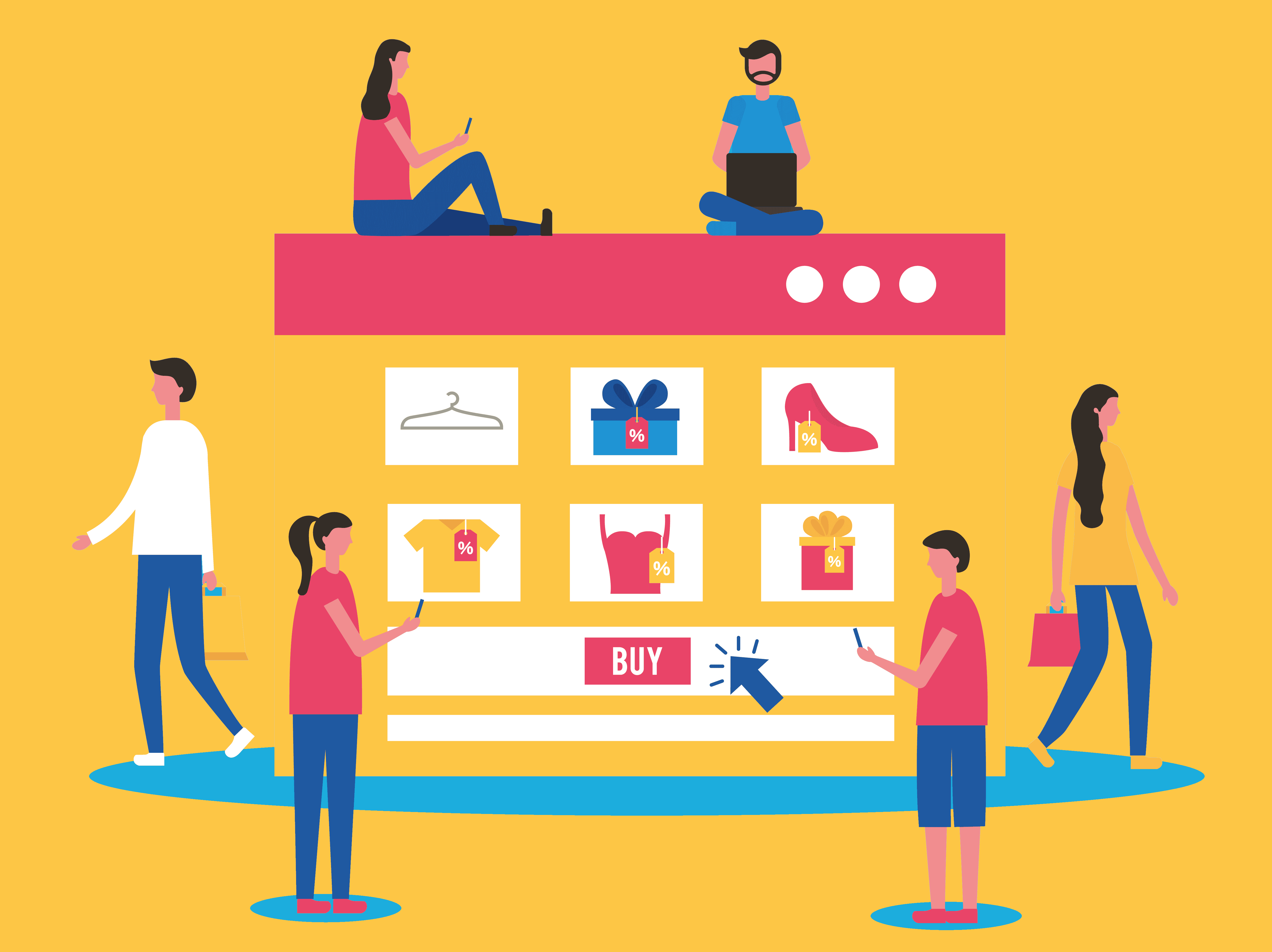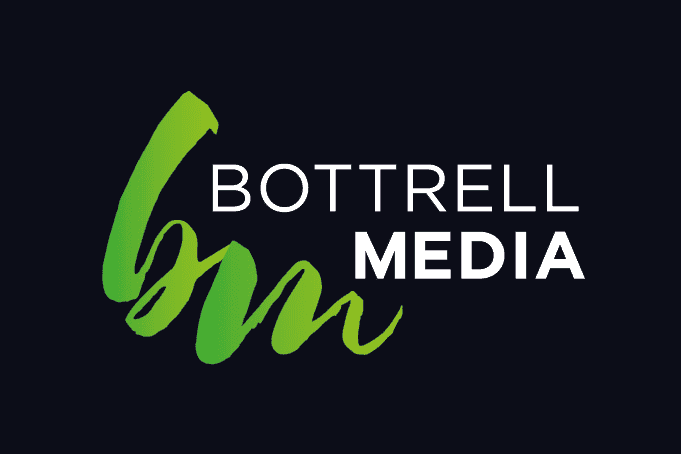
Tips for Effective E-commerce Web Design in Maitland
Maitland is a thriving city with a vibrant e-commerce industry. To succeed in this competitive market, it’s crucial to have an effective e-commerce web design that attracts and engages visitors. In this article, we will explore some essential tips for creating an effective e-commerce website in Maitland.
User-Friendly Navigation:
A user-friendly navigation system is critical for an e-commerce website. Ensure that your website has a clear and intuitive navigation menu that helps visitors find what they are looking for quickly and easily. Use descriptive labels and categorize your products logically.
Mobile-Friendly Design:
With the increasing use of smartphones and tablets for online shopping, it’s essential to have a mobile-friendly design. Optimize your website for mobile devices by using responsive design methods. This ensures that your website adapts seamlessly to different screen sizes and provides a consistent user experience across all devices.
High-Quality Product Images:
In e-commerce, visuals play a significant role in driving sales. Use high-quality product images that showcase your products from different angles and provide zoom functionality. All Types of Images should be optimized for fast loading times without compromising quality.
Clear Call-to-Action Buttons:
Your website should have clear and prominent call-to-action buttons to guide visitors toward making a purchase. Use contrasting colors, persuasive copy, and strategic placement to draw attention to these buttons. For example, “Add to Cart,” “Buy Now,” or “Get Started.”
Streamlined Checkout Process:
Cart abandonment may occur if the checkout procedure is difficult or drawn out. Reduce the number of steps needed in your checkout process to make it more efficient. Provide multiple payment options and ensure that the process is secure, instilling trust in your customers.
Search Functionality:
Implement a robust search functionality that allows users to find specific products quickly. Incorporate filters and sorting options to further refine search results. Make sure the search bar is easily visible and accessible from all pages.
Trust Signals and Customer Reviews:
Building trust is essential for e-commerce success. Display trust signals such as secure payment badges, SSL certificates, and guarantees prominently on your website. Encourage customers to leave reviews and display them prominently to build credibility and trust with potential buyers.
Fast Loading Speed:
In the digital age, users have little patience for slow-loading websites. Optimize your website for fast loading times by compressing images, minifying code, and leveraging caching techniques. This will improve user experience, reduce bounce rates, and improve search engine rankings.
Integration with Social Media:
Utilise social media’s influence by adding social sharing buttons to your product pages. This allows users to easily share your products on platforms like Facebook, Twitter, and Instagram, increasing visibility and driving traffic to your website.
Analytics and Testing:
Implement an analytics solution to track user behavior, conversion rates, and other key metrics. Use this data to identify bottlenecks in your e-commerce design and make data-driven decisions for continuous improvement. Conduct A/B testing to optimize elements such as headlines, colors, layouts, and calls-to-action for better results.
By implementing these tips, you can create an effective e-commerce web design in Maitland that attracts visitors, drives conversions, and sets you apart from the competition. Remember to keep up with industry trends and adapt your design to meet the evolving needs of your target audience.
Here’s a FAQ section covering some common questions about tips for effective e-commerce web design:
Q1: What is the importance of user-friendly navigation in e-commerce web design?
A: User-friendly navigation is essential as it helps visitors easily find the products they are looking for, leading to a better user experience and increased conversions. Clear and intuitive navigation menus and well-organized categories improve usability and make it easier for users to explore your website.
Q2: How important is mobile-friendly design for an e-commerce website? A: Mobile-friendly design is crucial in today’s mobile-driven world. With a significant portion of online shopping happening on mobile devices, having a responsive design that adapts to different screen sizes ensures a seamless experience for users. It also helps improve search engine rankings as mobile-friendliness is a ranking factor.
Q3: Why are high-quality product images important for e-commerce websites?
A: High-quality product images play a vital role in influencing purchase decisions. Clear and visually appealing images help customers get a better understanding of the product’s features and quality. Including zoom functionality and multiple angles for each product can enhance the shopping experience.
Q4: How can I optimize the checkout process for better conversions?
A: To optimize the checkout process, keep it simple and streamlined. Minimize the number of steps required to complete a purchase, offer multiple payment options, and ensure the process is secure. Additionally, provide clear instructions, prominently display the total cost, and consider implementing a guest checkout option.
Q5: How can I build trust with customers through web design?
A: Building trust is crucial for e-commerce success. Incorporate trust signals such as secure payment badges, SSL certificates, and guarantees on your website. Display customer reviews and testimonials prominently to showcase positive experiences. Including contact information and a dedicated customer support page can also enhance trust.
Q6: Why is fast loading speed important for e-commerce websites?
A: Fast loading speed is vital as it directly impacts user experience and conversion rates. Users have little patience for slow-loading websites and are likely to abandon them. Optimize your website by compressing images, minimizing code, and leveraging caching techniques to ensure fast loading times.
Q7: How can social media integration benefit an e-commerce website?
A: Integrating social media features allows users to share your products with their networks, increasing visibility and driving traffic to your website. It can also help in building brand awareness, engaging with customers, and fostering a sense of community. Social media integration can be achieved through social sharing buttons and embedding feeds on your website.
Q8: Why are analytics and testing important for e-commerce web design? A: Analytics and testing provide valuable insights into user behavior, conversion rates, and the overall performance of your website. By analyzing this data, you can identify areas for improvement, optimize design elements, and make data-driven decisions to enhance user experience and increase conversions.
Remember, effective e-commerce web design is an ongoing process that requires continuous monitoring, adaptation, and improvement to meet the changing needs of your target audience and stay ahead of the competition.
Contact us @ Bottrell Media
93 Lawes St, East Maitland NSW, 2323
P: 02 4933 6888
E: office@bottrellmedia.com.au
Socials & Links for Bottrell Media
Facebook – Bottrell Media Facebook
Instagram – Bottrell Media Instagram
Google – Bottrell Media Google


